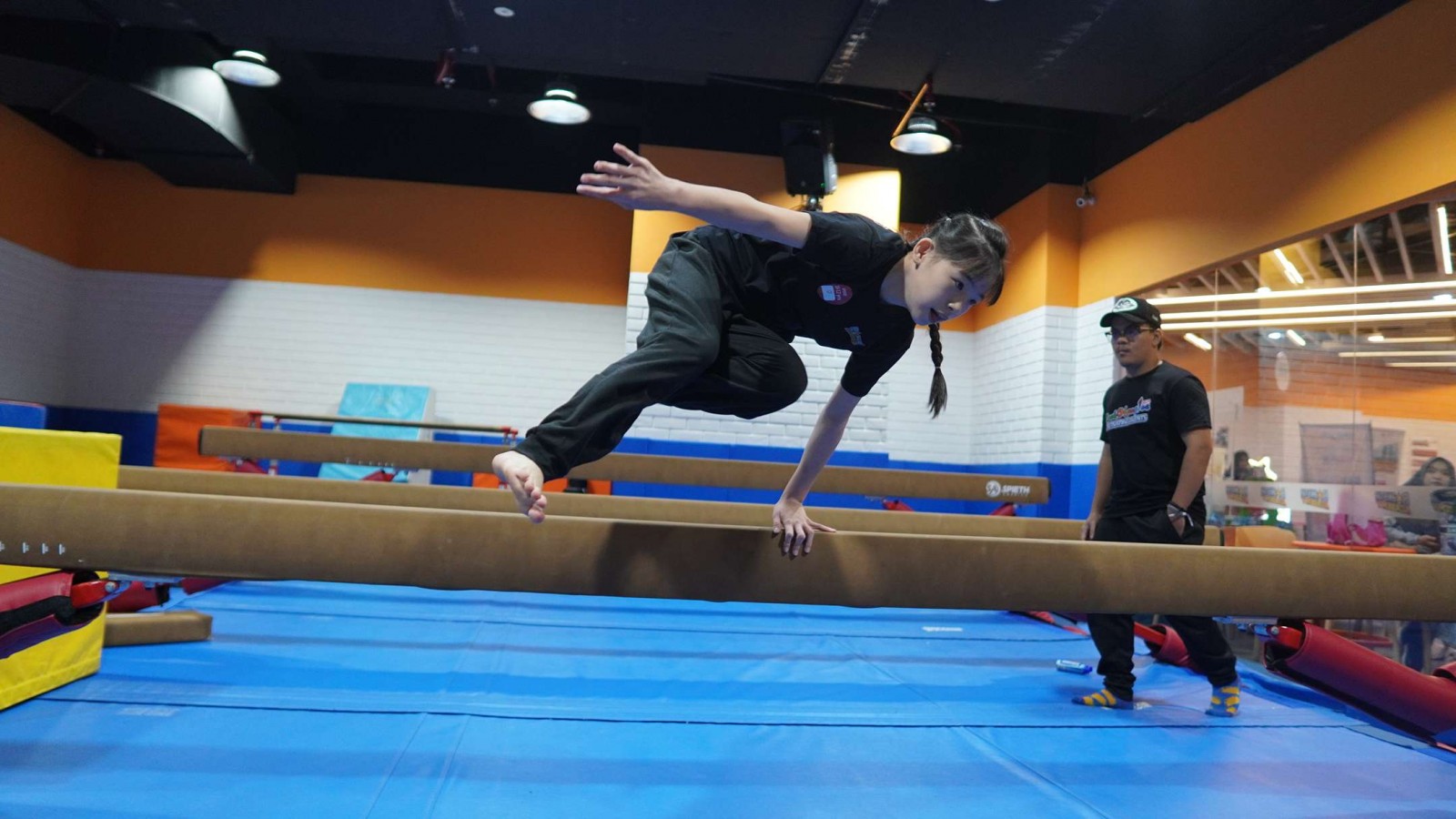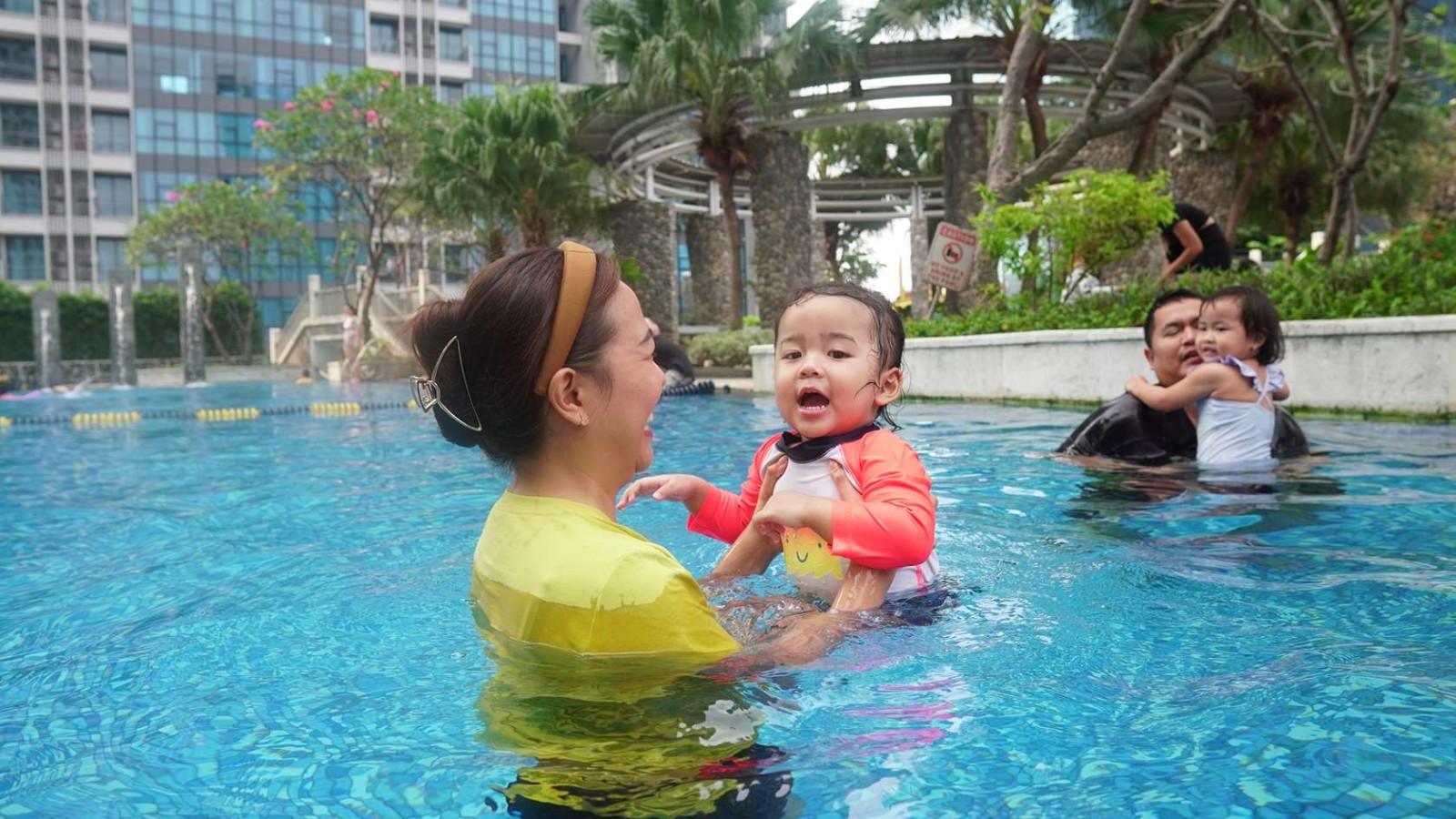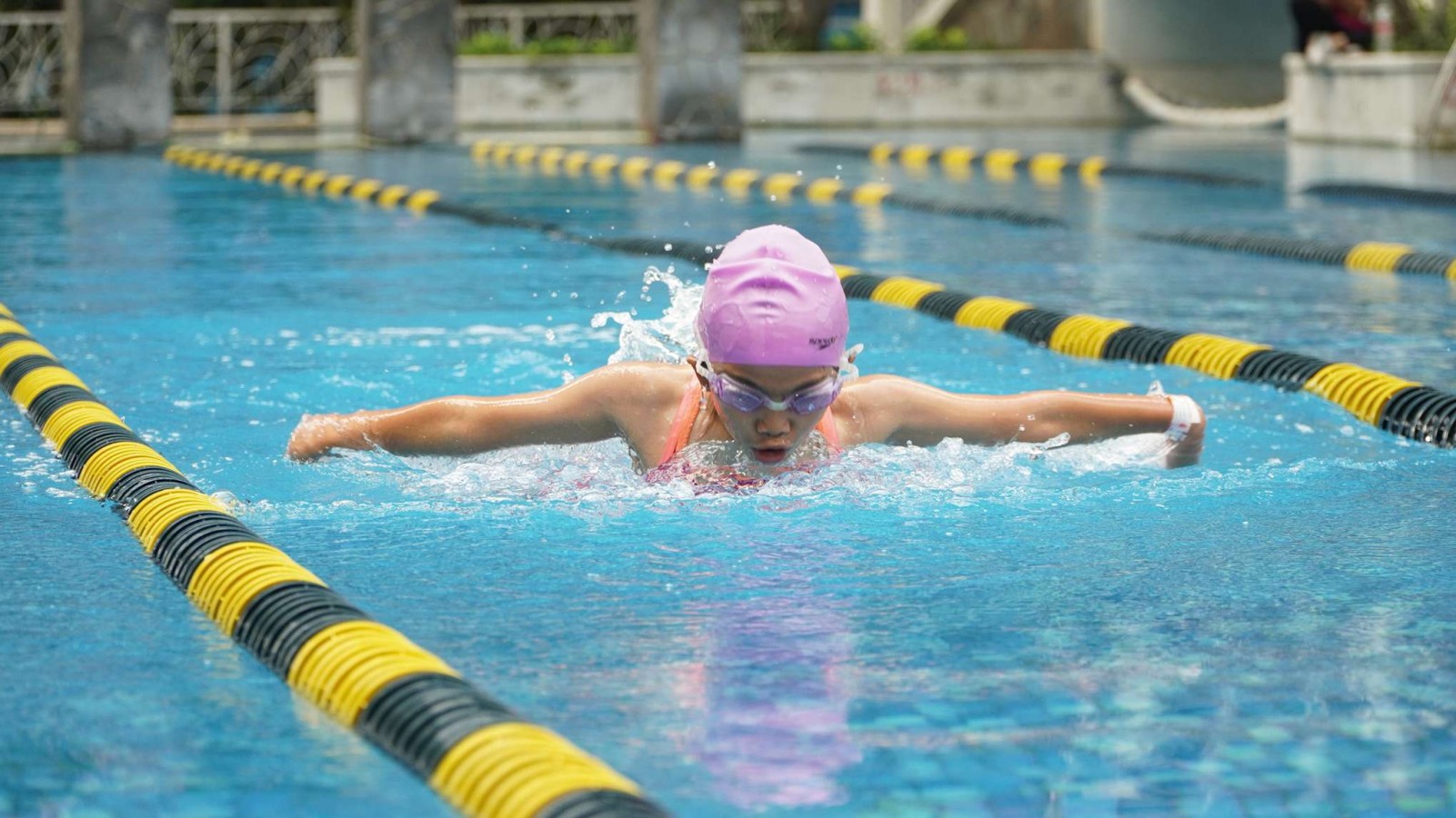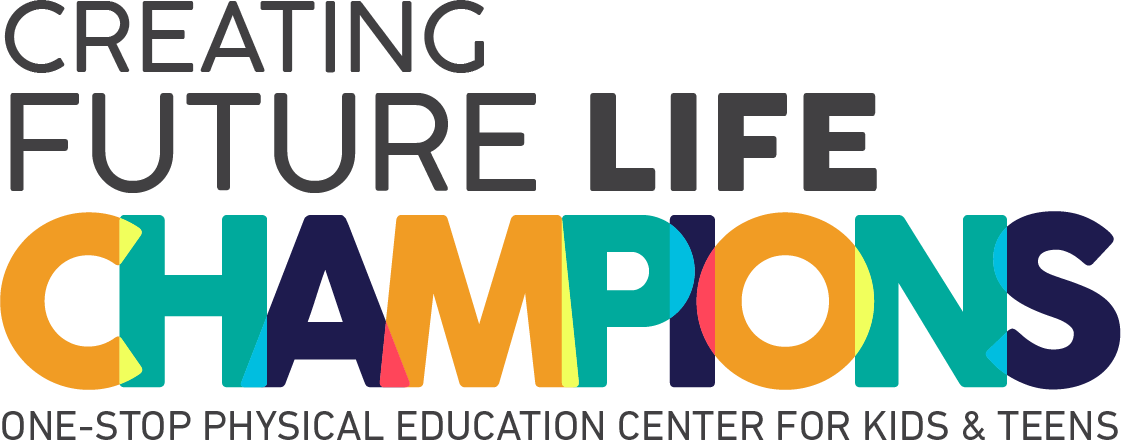Menyempurnakan Renang Gaya Dada: Tips dan Teknik
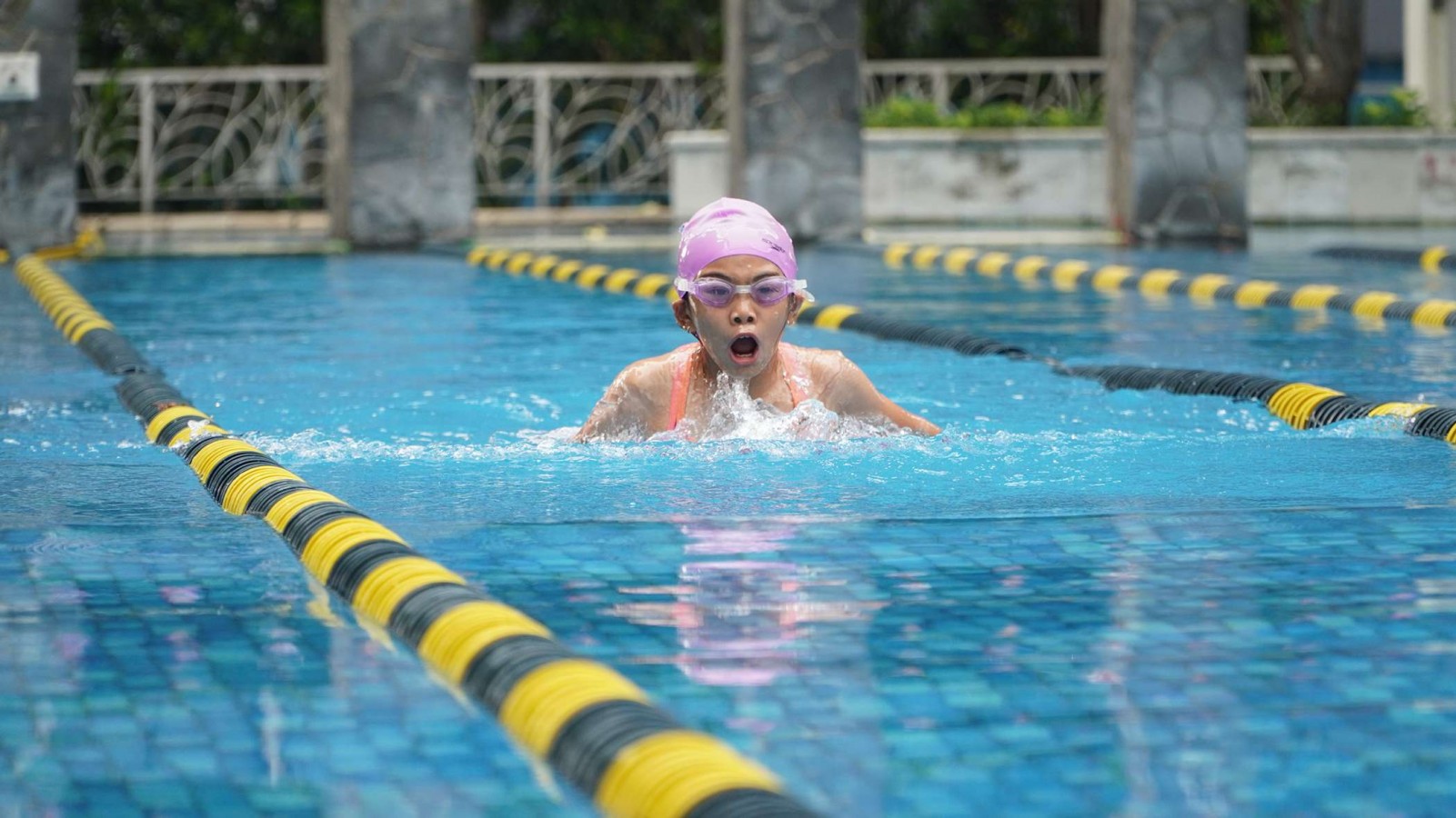
Gaya dada adalah salah satu teknik renang tertua dan paling populer. Biasanya gaya ini menjadi favorit di antara para pemula dan perenang berpengalaman. Menguasai gaya dada melibatkan pemahaman tentang mekanismenya yang unik, menyempurnakan gerakan Anda, dan berlatih secara teratur.
Panduan ini akan memandu Anda melalui semua yang perlu Anda ketahui, mulai dari teknik dasar hingga meningkatkan keterampilan Anda. Jadi, teruslah membaca!
Apa itu Gaya Dada?
Gaya dada adalah gaya renang yang ditandai dengan gerakan lengan dan kaki seperti katak. Gaya ini sering dianggap sebagai gaya renang yang paling santai karena kecepatannya yang stabil dan kebutuhan energinya yang minimal dibandingkan dengan gaya yang lebih cepat seperti gaya bebas atau gaya kupu-kupu.
Dalam gaya dada akan ada:
- Tubuh Anda tetap dalam posisi horizontal.
- Kedua lengan bergerak dalam gerakan setengah lingkaran.
- Kedua kaki melakukan tendangan menghentak yang mendorong Anda ke depan.
- Pengaturan waktu yang tepat memastikan gerakan yang efisien.
Panduan Bagaimana Melakukan Gerakan Gaya Dada
Gaya dada adalah tentang gerakan lengan dan kaki yang halus dan terkoordinasi. Setiap gerakan memiliki tujuan dan berkontribusi untuk mendorong Anda maju ke depan. Mari kita uraikan menjadi beberapa langkah sederhana agar Anda dapat berlatih setiap gerakan secara efektif.
A. Gerakan Lengan
Lengan Anda memainkan peran penting dalam gaya dada, memberikan tenaga untuk menarik Anda ke depan. Berikut ini cara melakukannya:
- Rentangkan lengan Anda lurus ke depan dengan telapak tangan menghadap ke bawah. Ini adalah posisi ramping yang mengurangi hambatan.
- Gerakkan tangan Anda ke luar dengan gerakan setengah lingkaran, dengan siku sedikit ditekuk. Kedua tangan Anda harus saling menjauh, tetapi tetap berada di bawah permukaan air.
- Setelah tangan Anda mencapai lebar bahu, putar telapak tangan ke dalam dan tarik ke arah dada. Gerakan ini menghasilkan daya dorong yang paling besar.
- Fokuslah untuk merasakan hambatan air saat Anda menarik; hal ini akan membantu Anda menghasilkan lebih banyak tenaga.
- Satukan kedua tangan Anda di bawah dagu dan rentangkan lengan ke depan lagi ke posisi ramping.
B. Gerakan Kaki
Tendangan menghentak sangat penting untuk menciptakan momentum ke depan. Disebut tendangan “menghentak” karena ada gerakan menghentak di bagian akhir. Inilah cara melakukannya:
- Sambil menjaga tubuh tetap lurus, tarik tumit Anda ke arah bokong. Jaga agar lutut Anda tetap berdekatan untuk mengurangi tarikan.
- Putar kaki Anda ke arah luar sehingga bagian dalam kaki Anda sedikit menghadap ke atas. Posisi ini membantu menciptakan efek “hentakan”.
- Hentakkan kaki Anda ke luar dan memutar dalam gerakan melingkar, luruskan kaki Anda saat Anda menyelesaikan tendangan.
- Satukan kembali kedua kaki Anda secara cepat untuk menyelesaikan gerakan. Hal ini menciptakan posisi yang ramping untuk fase meluncur.
- Ingatlah untuk berlatih menyatukan kedua kaki Anda dengan kuat untuk menghindari kehilangan momentum.
C. Posisi Tubuh
Posisi tubuh Anda adalah dasar dari gaya dada yang efisien. Inilah cara mempertahankannya:
- Jaga agar tubuh Anda serata mungkin di dalam air. Kepala, pinggul, dan kaki Anda harus sejajar untuk mengurangi hambatan.
- Setelah setiap tarikan dan tendangan lengan, pertahankan posisi lurus dan ramping selama beberapa saat untuk meluncur.
D. Pengaturan waktu
Pengaturan waktu yang tepat adalah hal yang menyatukan semuanya. Lengan, kaki, dan pernapasan Anda harus bekerja secara harmonis. Inilah ritmenya:
- Mulailah dengan tarikan lengan, dan angkat kepala Anda untuk mengambil napas.
- Saat lengan Anda pulih, mulailah melakukan tendangan menghentak.
- Akhiri dengan meluncur sebelum memulai tendangan berikutnya.
E. Teknik Pernapasan
Mengendalikan nafas dalam gaya dada adalah penting. Gaya dada memberikan kesempatan alami untuk bernapas selama tarikan lengan. Ikuti tips-tips berikut ini:
- Saat lengan Anda bergerak ke luar, biarkan kepala Anda terangkat secara alami di atas air. Ambil napas cepat melalui mulut Anda.
- Hindari mengangkat kepala terlalu tinggi, karena dapat mengganggu kelancaran Anda.
- Selama fase meluncur, hembuskan napas melalui hidung atau mulut. Hal ini akan menjaga ritme pernapasan Anda tetap stabil.
- Cobalah bernapas setiap kayuhan pada awalnya, lalu sesuaikan saat Anda merasa lebih nyaman.
Cara Meningkatkan Keterampilan Gaya Dada Anda
Gaya dada adalah gaya renang yang indah dan teknis yang membutuhkan latihan, ketepatan, dan kesabaran. Baik Anda seorang pemula atau ingin menyempurnakan keterampilan Anda, tips berikut ini akan membantu Anda menguasai seni gaya dada dan berenang dengan lebih efisien.
1. Fokus pada Teknik
Teknik yang baik adalah dasar dari gaya dada yang kuat dan anggun. Menyempurnakan dasar-dasarnya dapat meningkatkan efisiensi Anda secara signifikan. Inilah yang harus Anda perhatikan:
- Sempurnakan Gerakan Lengan dan Kaki
- Kuasai Pengaturan Waktu
- Rampingkan Tubuh Anda
2. Berlatih Latihan
Latihan seperti latihan terfokus untuk bagian tertentu dari pukulan Anda. Latihan ini membantu Anda memecah teknik dan meningkatkan setiap elemen secara individual. Berikut ini beberapa latihan yang bisa Anda coba:
- Latihan Papan Luncur: Pegang papan luncur dan latihlah hanya tendangan menghentak. Hal ini akan mengisolasi gerakan kaki Anda dan membantu Anda fokus pada teknik.
- Sculling Drill: Berlatihlah menggerakkan tangan Anda dalam gerakan kecil dan terkendali untuk merasakan air dengan lebih baik. Hal ini akan meningkatkan kekuatan dan ketepatan lengan Anda.
- Latihan Meluncur: Fokuslah untuk memperpanjang fase meluncur setelah setiap kayuhan. Berenanglah perlahan-lahan dan hitung seberapa jauh Anda meluncur setelah setiap tendangan.
3. Perkuat Otot Inti Anda
Otot inti Anda adalah tulang punggung gaya dada yang kuat dan stabil. Otot inti yang terlibat dengan baik akan menjaga tubuh Anda tetap sejajar dan mengurangi hambatan. Berikut ini beberapa latihan yang bisa Anda lakukan:
- Planks
Tahan posisi plank selama 30-60 detik untuk membangun stabilitas inti.
- Leg Raises
Berbaring telentang dan angkat kaki Anda hingga membentuk sudut 90 derajat, lalu turunkan perlahan-lahan tanpa menyentuh lantai.
- Gerakan Memutar (Rotational Twists)
Duduklah di lantai dengan lutut ditekuk, bersandarlah sedikit ke belakang, dan putar tubuh Anda dari satu sisi ke sisi lainnya.
4. Meningkatkan Kelenturan Tubuh
Kelenturan sangat penting untuk tendangan gaya dada yang efektif. Pinggul, lutut, dan pergelangan kaki yang lentur memungkinkan tendangan menghentak yang lebih lebar dan lebih efisien. Beberapa latihan yang dapat membantu seperti:
- Lunges
Regangkan fleksor pinggul Anda dengan melangkahkan satu kaki ke depan dan menekuk lutut sambil menjaga kaki lainnya tetap lurus.
- Rotasi Pergelangan Kaki
Duduklah dengan kaki terentang dan putar pergelangan kaki Anda secara melingkar.
5. Melatih Pernapasan
Bernapas secara efisien sangat penting untuk menjaga ritme dan stamina Anda. Inilah cara untuk meningkatkannya:
- Berlatihlah mengangkat kepala secukupnya untuk mengambil napas selama fase tarikan, lalu menghembuskan napas sepenuhnya di bawah air selama meluncur.
- Berlatihlah menahan napas untuk durasi yang lebih lama untuk membangun kapasitas paru-paru. Latihan pernapasan dalam gaya yoga juga dapat meningkatkan kendali.
6. Mencari Umpan Balik
Bahkan perenang yang paling berpengalaman pun mendapat manfaat dari umpan balik orang lain. Pengamatan orang lain dapat melihat hal-hal yang mungkin Anda lewatkan. Selain itu, Anda juga bisa merekam diri Anda sendiri saat berenang dan melihat kembali hasil rekamannya. Carilah area-area di mana gerakan Anda bisa lebih efisien.
7. Bangun Daya Tahan
Daya tahan adalah kunci untuk berenang jarak jauh dan mempertahankan kayuhan yang konsisten. Bangun stamina dengan meningkatkan beban latihan Anda secara bertahap. Anda bisa melakukan latihan interval dan set renang yang panjang.
Ingin Lebih Baik Lagi?
Menyempurnakan gaya dada Anda membutuhkan dedikasi dan latihan, tetapi dengan bimbingan dan sumber daya yang tepat, Anda akan segera menjadi perenang profesional. Jika anak-anak Anda ingin meningkatkan kemampuan berenang mereka, mendaftarkan mereka di Program Renang Rockstar Academy bisa menjadi langkah yang tepat.
Kami menawarkan berbagai Program Olahraga & Seni Pertunjukan, mulai dari kelas perkembangan Mom & Me hingga teknik berenang tingkat lanjut. Anak Anda tidak hanya akan menguasai keselamatan di air dan dasar-dasar berenang, tetapi mereka juga akan memiliki kesempatan untuk berkompetisi di acara-acara menarik seperti Elite Championships dan RockOlympics.
Kompetisi-kompetisi ini memberikan pengalaman belajar yang tak ternilai, membantu siswa membuka potensi penuh mereka di dalam air. Dan bagian terbaiknya? Anda dapat merasakan kelas kami secara langsung dengan mendaftar ke kelas uji coba gratis! Ini adalah cara yang sempurna untuk memulai jalan menuju kesuksesan dalam berenang!
FAQ
Apakah gaya dada bagus untuk pemula?
Ya, gaya dada adalah pilihan yang sangat baik untuk pemula karena kecepatannya yang lebih lambat dan teknik pernapasan yang mudah. Gaya ini juga merupakan latihan yang bagus untuk seluruh tubuh Anda.
Bagaimana cara berenang gaya dada lebih cepat?
Untuk berenang lebih cepat:
- Fokus pada tendangan dan tarikan yang kuat.
- Minimalkan tarikan dengan mempertahankan posisi yang ramping.
- Sempurnakan pengaturan waktu Anda untuk mengurangi jeda yang tidak perlu.
Otot-otot apa saja yang bekerja pada gaya dada?
Gaya dada melatih otot dada, bahu, lengan, punggung, inti, dan kaki. Ini adalah latihan seluruh tubuh yang juga meningkatkan kebugaran kardiovaskular.
Mengapa saya merasa lelah saat melakukan gaya dada?
Rasa lelah bisa jadi disebabkan oleh teknik yang buruk, pernapasan yang tidak efisien, atau kurangnya kebugaran. Fokuslah untuk menyempurnakan gerakan Anda, meningkatkan ritme pernapasan Anda, dan membangun stamina.
Berapa lama waktu yang dibutuhkan untuk menguasai gaya dada?
Waktu yang dibutuhkan tergantung pada tingkat keterampilan awal dan frekuensi latihan Anda. Dengan usaha yang konsisten, Anda dapat mengembangkan teknik gaya dada yang baik dalam beberapa minggu hingga beberapa bulan.
